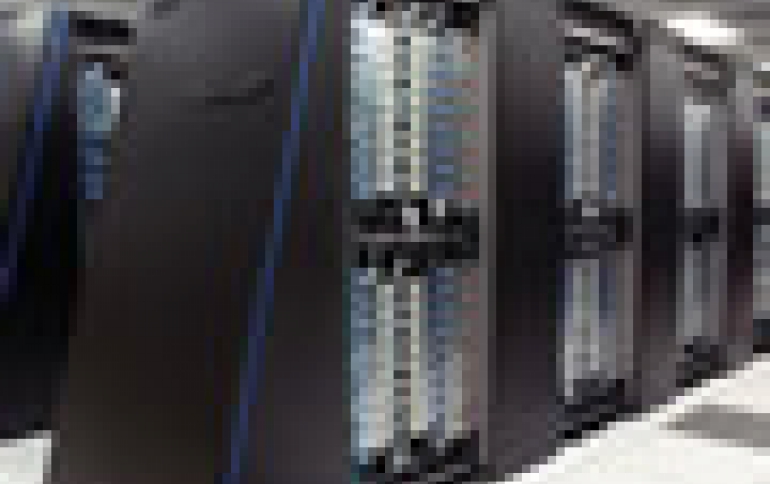
IBM's Blue Gene Gets Green Supercomputer Crown
The 'greenest' supercomputer in the world is made by IBM, which has taken the first two sports on the latest twice-yearly Green500 ranking with its NNSA/SC Blue Gene/Q Prototypes 1 and 2.
The Green500 has ranked the energy efficiency of the world's 500 fastest supercomputers since its debut in 2007. The list is released twice a year, in June and in November. To measure this energy efficiency, the Green500 uses a metric defined as millions of floating-point operations per second (MFLOPS) divided by watts (W) or MFLOPS/W.
The latest release of The Green500 List points to an increasing pace of greenness on the Green500 List. Of the ten greenest supercomputers in the world, two trends towards greener supercomputing have emerged: (1) aggregating many low-power processors a la IBM BlueGene/Q and the K Computer by Fujitsu at the RIKEN Advanced Institute for Computational Science and (2) using energy-efficient accelerators, typically from the gaming/graphics market, e.g., AMD Radeon GPU, NVIDIA Tesla Fermi GPU, Cell, and Intel Knights Corner, to complement the commodity CPUs from Intel and AMD.
As in the previous edition of the list, an IBM Blue Gene/Q prototype supercomputer tops this edition of the Green500. However, the Blue Gene/Q prototype that tops this list is different from the one that topped the last edition of the list in that it delivers significantly better performance but with the same number of processor cores and only a marginal increase in power consumption. The end result is a 2097 MFLOPS/W rating, the first supercomputer to surpass the 2000 MFLOPS/W bar. The fastest supercomputer in the world, the K supercomputer from RIKEN in Japan, also aggregates many low-power processors and is one of the greenest supercomputers in the world, coming in at #6 on the Green500.
The greenest accelerator-based supercomputer in the world is the DEGIMA Cluster, a self-built supercomputer from Nagasaki University in Japan. The DEGIMA Cluster is accelerated by AMD/ATI Radeon graphics processing units (GPUs) on a thrifty supercomputing budget of NZ$600,000 or approximately US$500,000. Six other accelerator-based machines round out the ten greenest supercomputers in the world ? three with GPU accelerators (one more from AMD/ATI and two from NVIDIA) and three with Cell-based accelerators from IBM.
The latest release of The Green500 List points to an increasing pace of greenness on the Green500 List. Of the ten greenest supercomputers in the world, two trends towards greener supercomputing have emerged: (1) aggregating many low-power processors a la IBM BlueGene/Q and the K Computer by Fujitsu at the RIKEN Advanced Institute for Computational Science and (2) using energy-efficient accelerators, typically from the gaming/graphics market, e.g., AMD Radeon GPU, NVIDIA Tesla Fermi GPU, Cell, and Intel Knights Corner, to complement the commodity CPUs from Intel and AMD.
As in the previous edition of the list, an IBM Blue Gene/Q prototype supercomputer tops this edition of the Green500. However, the Blue Gene/Q prototype that tops this list is different from the one that topped the last edition of the list in that it delivers significantly better performance but with the same number of processor cores and only a marginal increase in power consumption. The end result is a 2097 MFLOPS/W rating, the first supercomputer to surpass the 2000 MFLOPS/W bar. The fastest supercomputer in the world, the K supercomputer from RIKEN in Japan, also aggregates many low-power processors and is one of the greenest supercomputers in the world, coming in at #6 on the Green500.
The greenest accelerator-based supercomputer in the world is the DEGIMA Cluster, a self-built supercomputer from Nagasaki University in Japan. The DEGIMA Cluster is accelerated by AMD/ATI Radeon graphics processing units (GPUs) on a thrifty supercomputing budget of NZ$600,000 or approximately US$500,000. Six other accelerator-based machines round out the ten greenest supercomputers in the world ? three with GPU accelerators (one more from AMD/ATI and two from NVIDIA) and three with Cell-based accelerators from IBM.





















